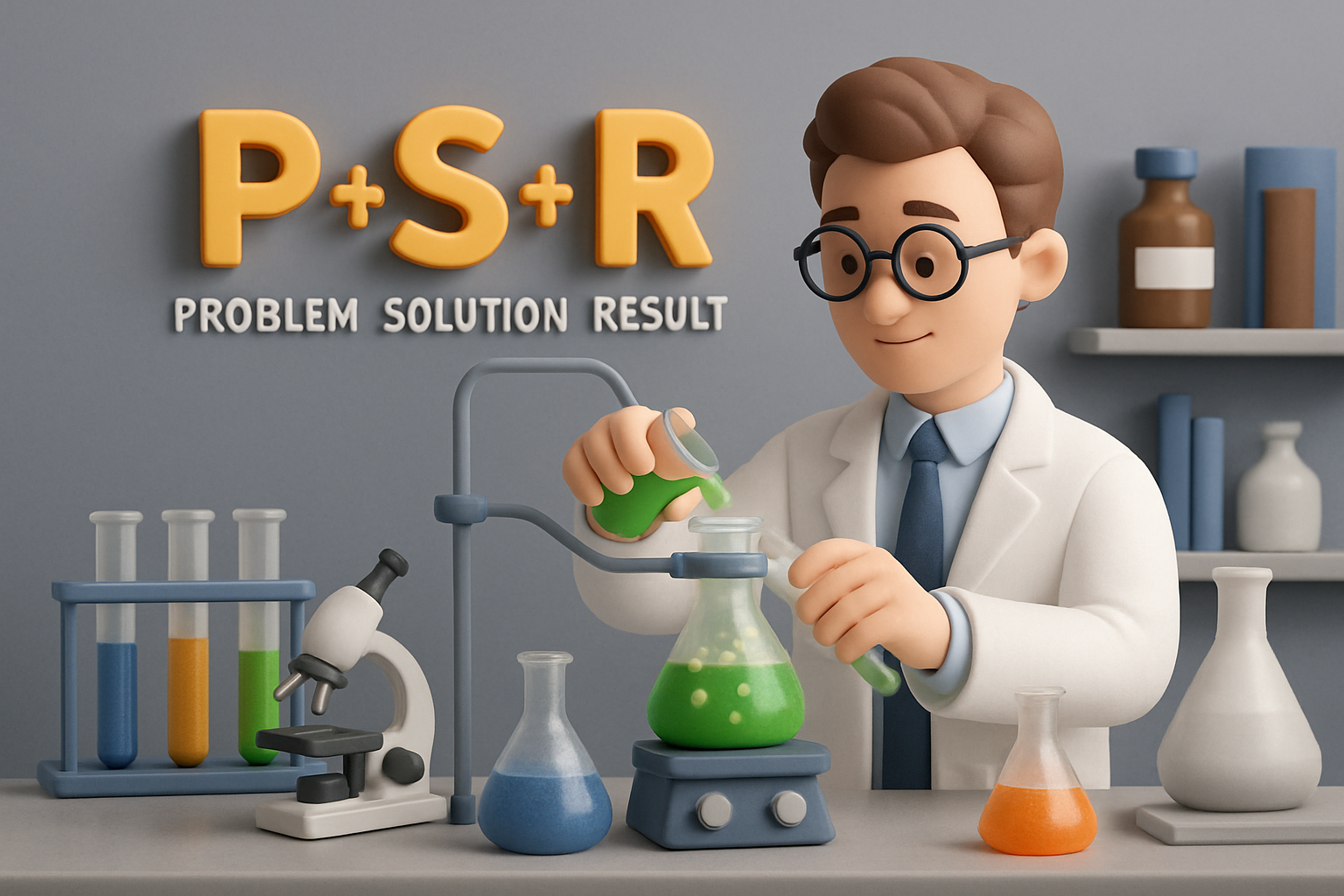My background is journalism. I spent 15 years writing and editing at the big newspaper here in Dallas. Journalism was all I ever saw myself doing.
Apparently, it’s not all God saw me doing, because I’m here on the blog of a tech PR firm writing about content creation.
But I’m not complaining. I love my job. Like, really love it.
I don’t think I ever had that truth-to-power journalist mindset. I was more in the storytelling camp, and, honestly, that’s made the transition to the world of marketing much easier. I’m still telling stories. I’m still getting to educate. I just do it for brands now.
That’s not to say that the transition was an easy one, especially once I moved from a more B2C-focused agency to Idea Grove where our aim is decidedly B2B. This is a world that was new to me.
Luckily, the gentleman who hired me was someone I knew from my newspaper days. He’d made this transition already, and one day early on he whispered to me his secret formulas for creating B2B content.
Specifically, there are two.
One is called Problem-Solution-Result (PSR) and it works at all stages of the marketing funnel.
The other is called Problem-Agitate-Solve (PAS), and it's especially effective at the bottom of the funnel, when you're trying to close the deal.
Let's take a look at each of these copywriting frameworks.
Problem-Solution-Result (PSR)
The beauty of PSR is its simplicity. The steps are pretty straightforward:
- Introduce the problem.
- Then, share the solution.
- Finally, reveal the results.
When my boss mentioned this to me he meant it in terms of creating individual pieces—blog posts, case studies, white papers, bylined articles, etc.
I tried it, and it worked. These B2B stories that I’d struggled to tell suddenly became clearer.
My SME interviews became more structured, too.
Then, as I went deeper into the B2B world, I noticed something. This problem-solution-result construction wasn’t isolated to just content.
It was everywhere.
The Miraculous Spiral of PSR
Spira mirabilis is Latin for "miraculous spiral." This is the spiral shape that’s found throughout nature, in everything from the arms of a spiral galaxy down to the internal structure of a seashell. (You may also know it as a nautilus spiral, but that doesn’t sound quite as cool.)
PSR is the spira mirabilis of B2B content marketing strategy.
How pervasive is PSR? You can see at every level of B2B content, from organization to execution.
Look at website navigation. Traditionally, after an About menu, a well-organized website has a menu item that focuses on industries or use cases.
Those talk about the problem.
Next come the product-focused pages. Clearly, that’s the solution. Many sites even label these pages that.
Then you come to a resources menu where you will find testimonials and case studies. In other words, the results.
But it’s not just the organization of the site that follows PSR; it’s the individual pages, too.
Generally, each of the main pages of your site should talk about the problem you solve for clients, how you solve it, and then who you’ve solved it for.
Problem. Solution. Result.
PSR should also be guiding the organization of your lead-nurturing campaigns, starting with emails addressing business problems, moving to messages about solutions and then talking about results.
PSR is a formula that works at every stage of the marketing funnel:
- Awareness level content should be focused on the problem.
- Consideration level content should be focused on the solution, talking initially about broad solutions then later talking about your specific solutions.
- Decision-level content is when you talk about results. Here’s who we’ve worked with and how we’ve helped them. We can help you, too.
PSR as a planning tool
Content planning can be difficult. Content creation can be, too. When you can say anything, it can become hard to actually say anything that’s relevant.
Creating messaging and buyer personas is critical to knowing what to say. But understanding the power of PSR can guide you in how to say it.
And understanding its pervasiveness in B2B content planning and creation is the first step into harnessing what it can do for you.
Problem-Agitate-Solve (PAS)
There's another secret formula you should be aware of in B2B content creation, which can be especially effective on your B2B website's product sales pages and other B2B sales materials.
It's called PAS, which stands for Problem-Agitate-Solve.
While PSR is a great formula for communicating your company's or product's benefits, PAS is all about persuasion—selling!
Let's take a look at the components of PAS.:
- Problem. The first step to making the Problem-Agitate-Solve (PAS) formula work on a product sales page is to understand the problem the buyer has. Understanding your target buyer is critical when writing any product sales page, and the best way to achieve that is through buyer research. Once you have a clear understanding of your buyer's pain points, the goal of your sales page is to articulate this problem to your buyers.
- Agitate. The second step is to "agitate" the problem the audience is experiencing—using evocative language to really bring home that pain to the visitor. This can be achieved by writing a quick story the reader can relate to, showcasing the emotional lows and frustrations the character of the story is experiencing, or the writer can simply highlight additional negative effects that the problem creates. Agitating the initial problem creates an emotional response in your audience, causing them to experience the problem more vividly and making them more receptive to your proposed solution to the problem.
- Solve. The third step to completing the PAS framework is to introduce the solution to the audience's problem. Make your product the natural conclusion of the journey. And don't forget to provide instructions on what to do next. This is where a call to action using future pacing can make a big difference in the number of sales generated by a product page.
Together, the Problem-Solution-Result and Problem-Agitate-Solve frameworks can carry your audiences from top-of-the-funnel thought leadership content all the way through to the sale. Try them out and see how they work for you.

 5 min read
5 min read





 4 min read
4 min read

